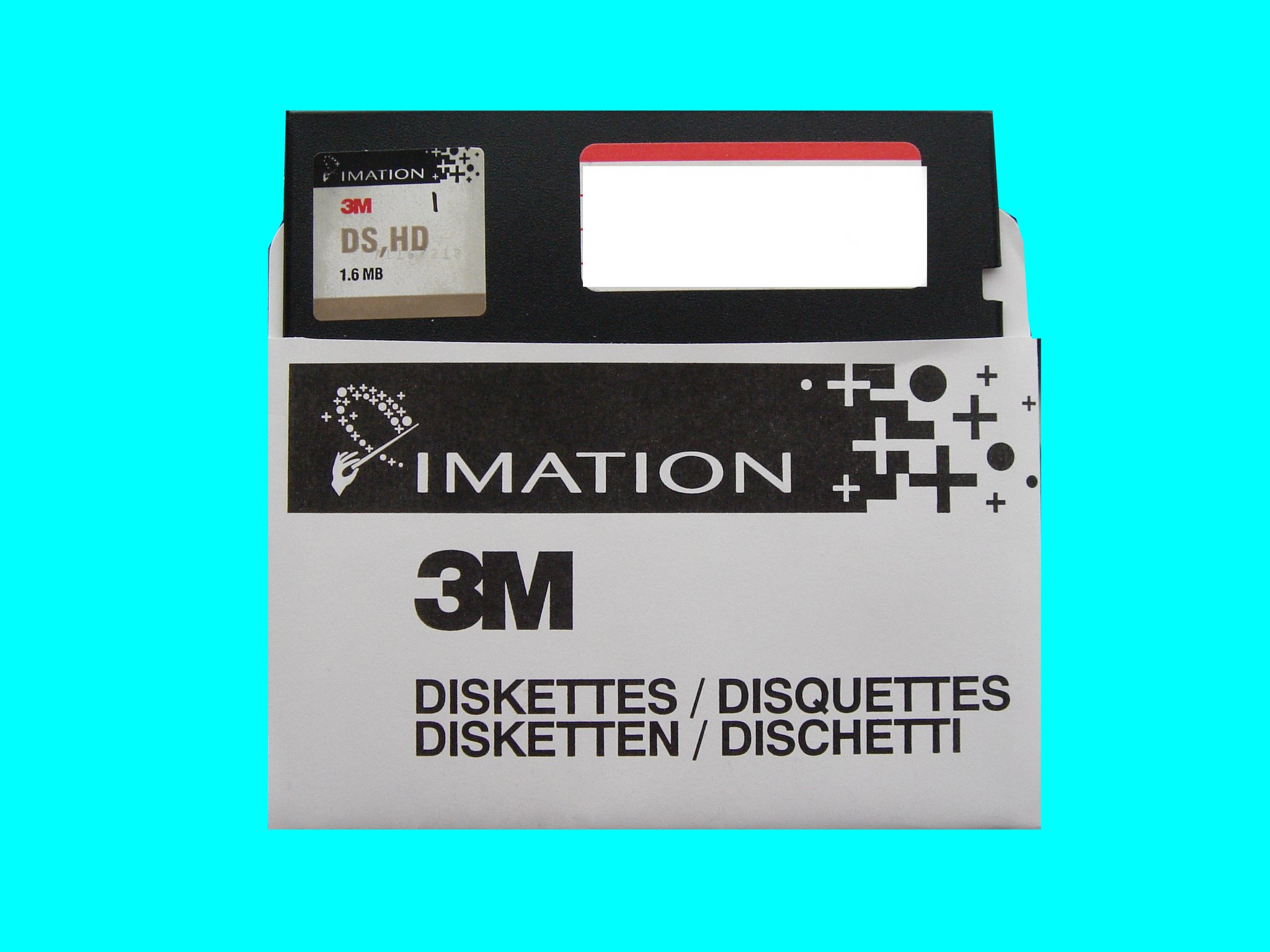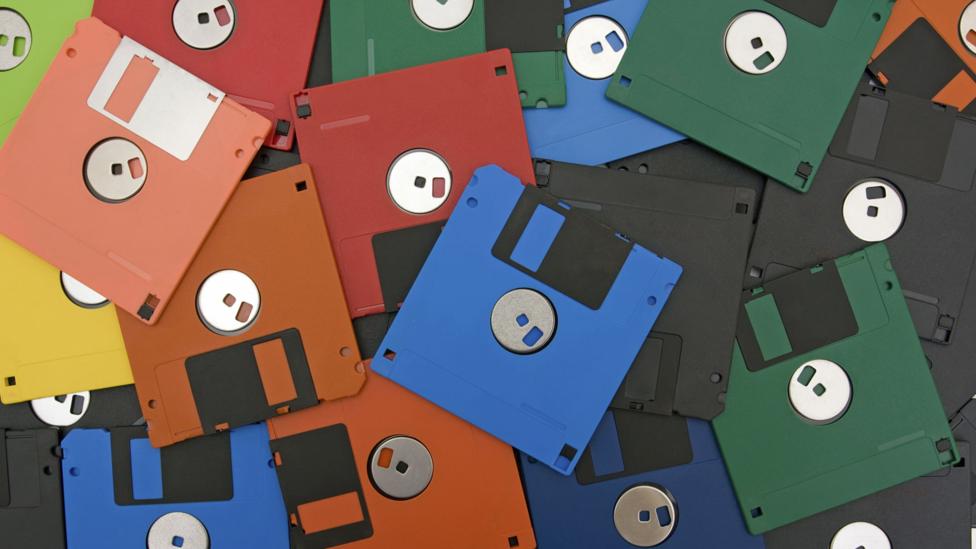
Floppy disks are read and written by a floppy disk drive or FDD, the latter initialism not to be confused with "fixed disk drive", which is an old IBM term for a hard disk drive.įloppy disks, also known as floppies or diskettes (a name chosen in order to be similar to the word "cassette"), were ubiquitous in the 1980s and 1990s, being used on home and personal computer ("PC") platforms such as the Apple II, Macintosh, Commodore 64, Amiga, and IBM PC to distribute software, transfer data between computers, and create small backups.

Related subjects: Computing hardware and infrastructure Floppy Disk DriveĪ 3.5 inch diskette, removed from its casing.Ī floppy disk is a data storage device that is composed of a disk of thin, flexible ("floppy") magnetic storage medium encased in a square or rectangular plastic shell. I don't see any way to get a return on investment for floppies like the recent reintroductions of vinyl and cassettes with related players have.2007 Schools Wikipedia Selection. It will cost millions to produce a few thousand drives a year. Look at the limited resources Jugi Tandon had when he started Tandon. Starting a new floppy drive production line won't be impossible.

* I believe that chip was used in some of the USB floppy drives that can read DMF formats. Might take more effort to add double stepping and the USB floppy standard isn't prepared for single sided formats. Given all that, getting 5.25" support for 1.2MB and 720k formats should be a breeze. If one wanted a relatively easy way to hook up floppy drives to USB, convincing SMSC to reissue their early USB to floppy adapter chip (USB97CFDC) which supported the Japanese 640k formats in addition* to the usual formats plus was according to the documentation supposed to handle 2.88 MB and floppy tapes with changes to the drivers. (The crappy USB floppy storage spec only defines 720k, 1.44MB and Japanese 1.2mb formats, and the the drive must select the mode before making a block device available to the OS - but Kryoflux and SCP type hardware bypass all that)įloppy drives! Buy one! Better yet, by a dozen! And such devices can be made to read/write all kinds of formats. Standard Shugart interface drives can be adapted with devices along the lines of a Kryoflux or Supercard Pro, and such devices could be made easier to use with better software.

SATA is an interface primarily for high speed hard drives and CD-ROMs.

Now, the interface is not really relevant. Get the word out to recyclers, surplus places, thrift stores, and such, to make sure they don't just toss stuff in the trash. If you feel strongly enough about it, hunt down floppy drives (and DISKS!) that are still in good condition and store them in a clean, cool, dry environment. There are enough floppy drives still in existence, this would not make business sense.


 0 kommentar(er)
0 kommentar(er)
